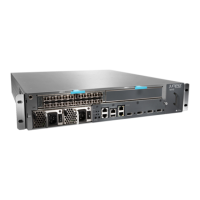Table 151: Checklist for Monitoring Redundant MCSs (continued)
Command or ActionMonitor Redundant MCS Tasks
show chassis environment mcs1. Check the Redundant MCS Environmental
Status on page 678
show chassis craft-interface2. Check the Redundant MCS Status from
the Craft Interface on page 679
Check the LEDs on the MCS faceplate.3. Check the Redundant MCS LED Status on
page 680
Display Redundant MCS Mastership
show chassis environment mcs1. Check the MCS Environmental Status on
page 457
show chassis craft-interface2. Check the MCS Status from the Craft
Interface on page 458
Check the LEDs on the MCS faceplate.3. Check the MCS LEDs on page 459
Manually take the MCS offline by pressing the
offline button on the component faceplate.
Switch MCS Mastership
1. Take the host module offline.
2. Take the MCS offline.
3. Remove the MCS and replace it with one
that you know works.
“Perform a Swap Test on a Redundant
MCS” on page 681
See “Return the Failed Component” on page 116,
or follow the procedure in the M40e or M160
router hardware guide.
Return an MCS
Related
Documentation
Redundant MCSs Overview on page 676•
Redundant MCSs Overview
Inspect redundant MCSs to ensure that functions are interrupted, such as component
alarm messages; component power-up and power-down; Routing Engine, MCS, and
PCG mastership control; SONET clock generation and monitoring; and system clock
monitoring.
Redundant MCSs are two MCSs installed in the M40e or M160 router.
The MCS is a component of the host module. Each MCS requires a Routing Engine to be
installed in an adjacent slot. MCS0 installs above slot RE0, and MCS1 installs below slot
RE1. Even if an MCS is physically installed in the chassis, it does not function if there is no
Routing Engine present in the adjacent slot.
Copyright © 2012, Juniper Networks, Inc.676
M Series and T Series Routers Monitoring and Troubleshooting Guide

